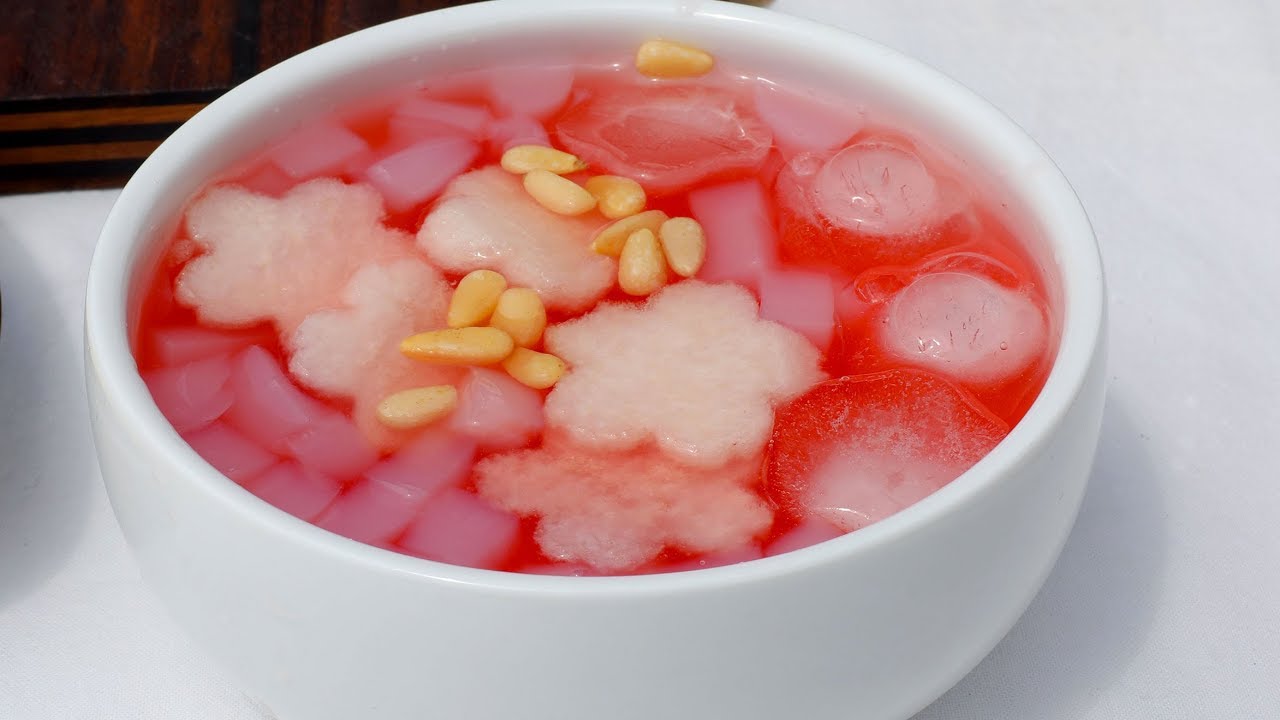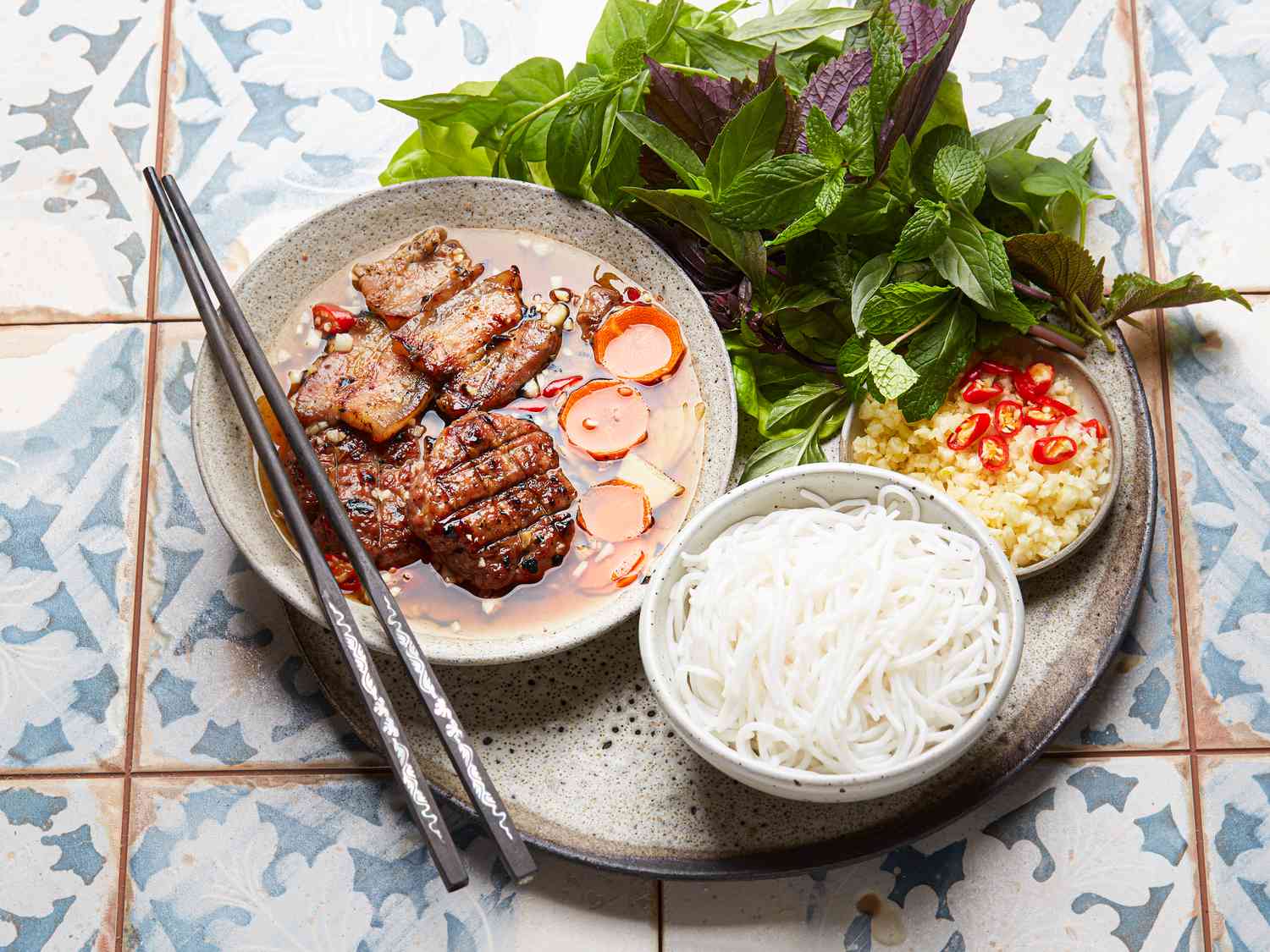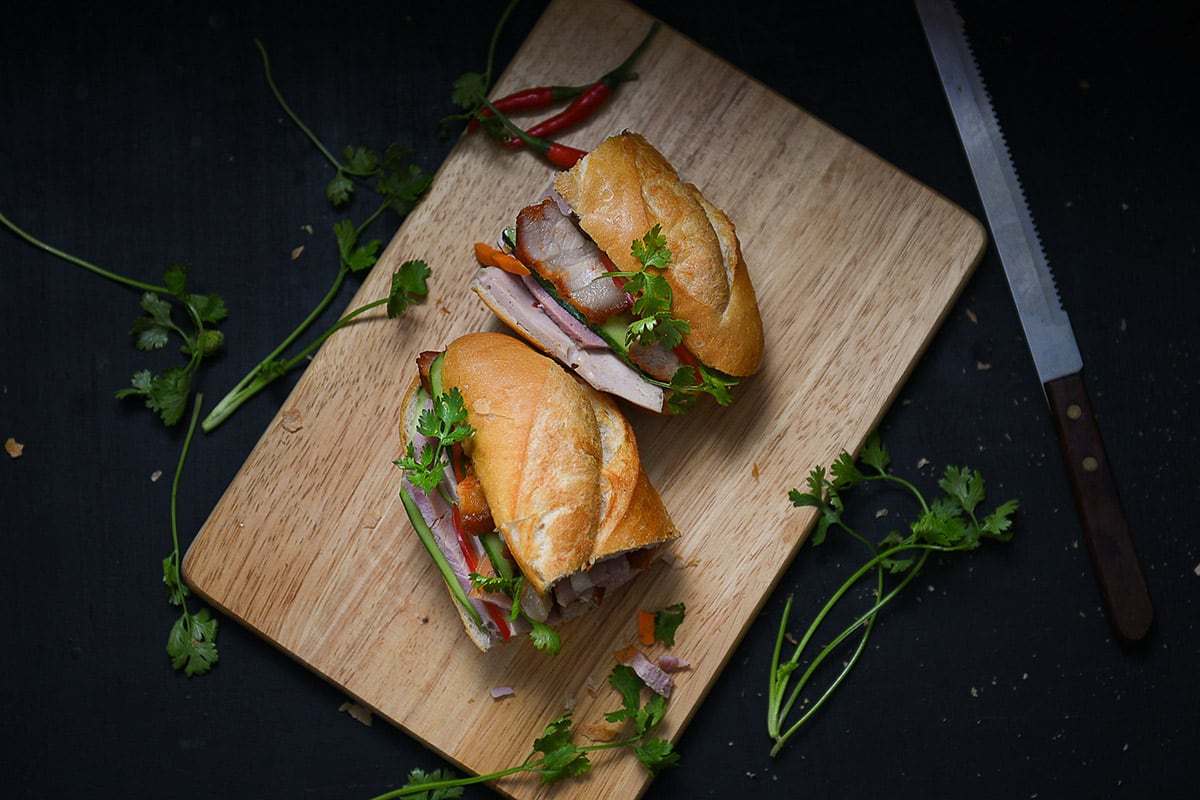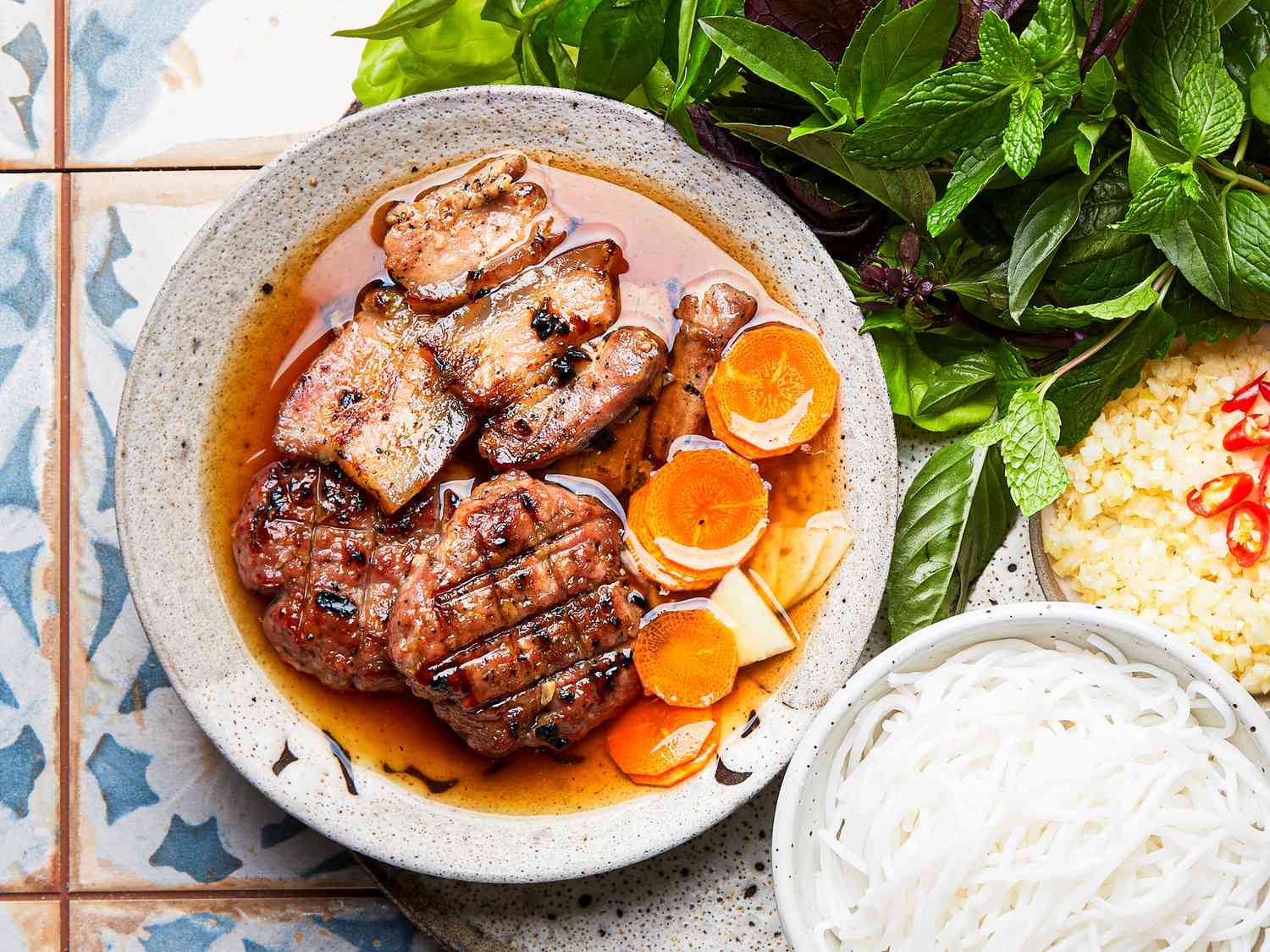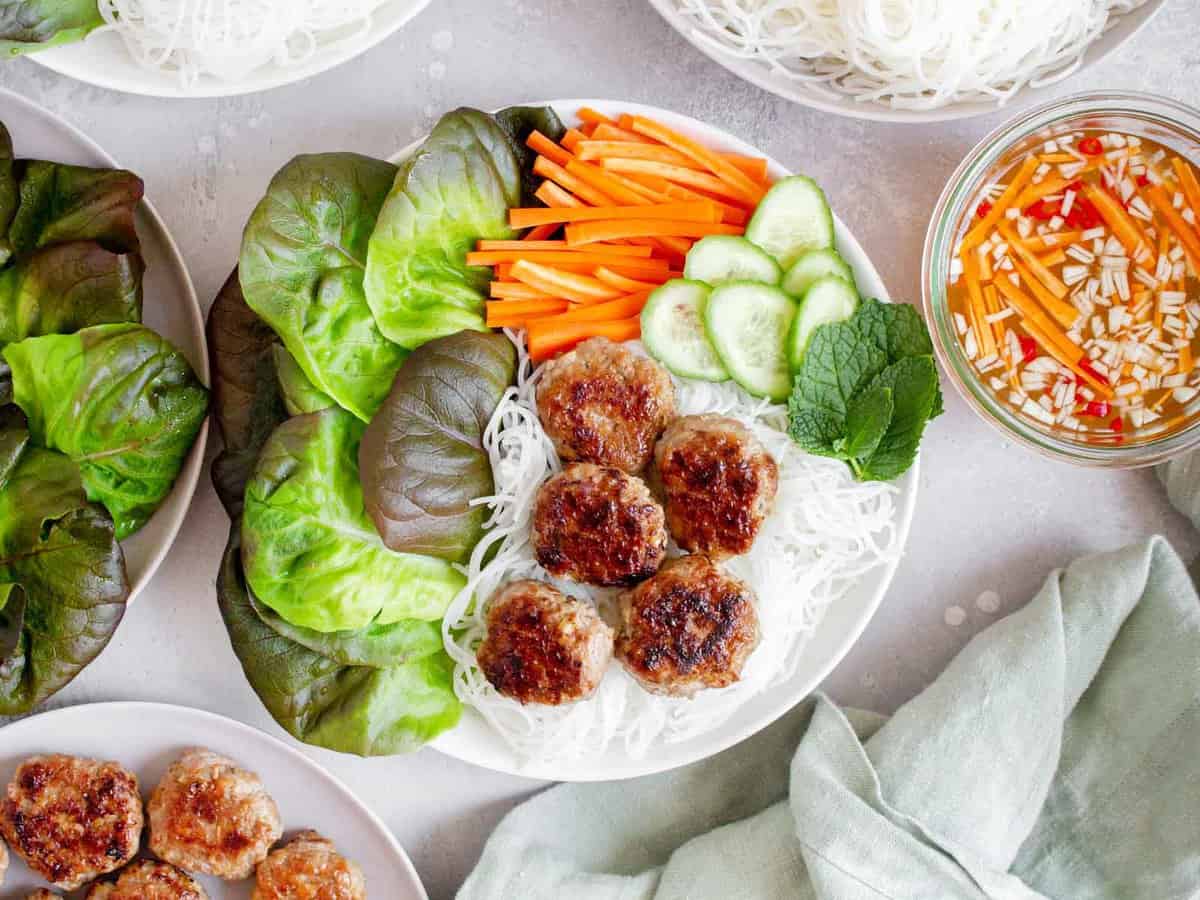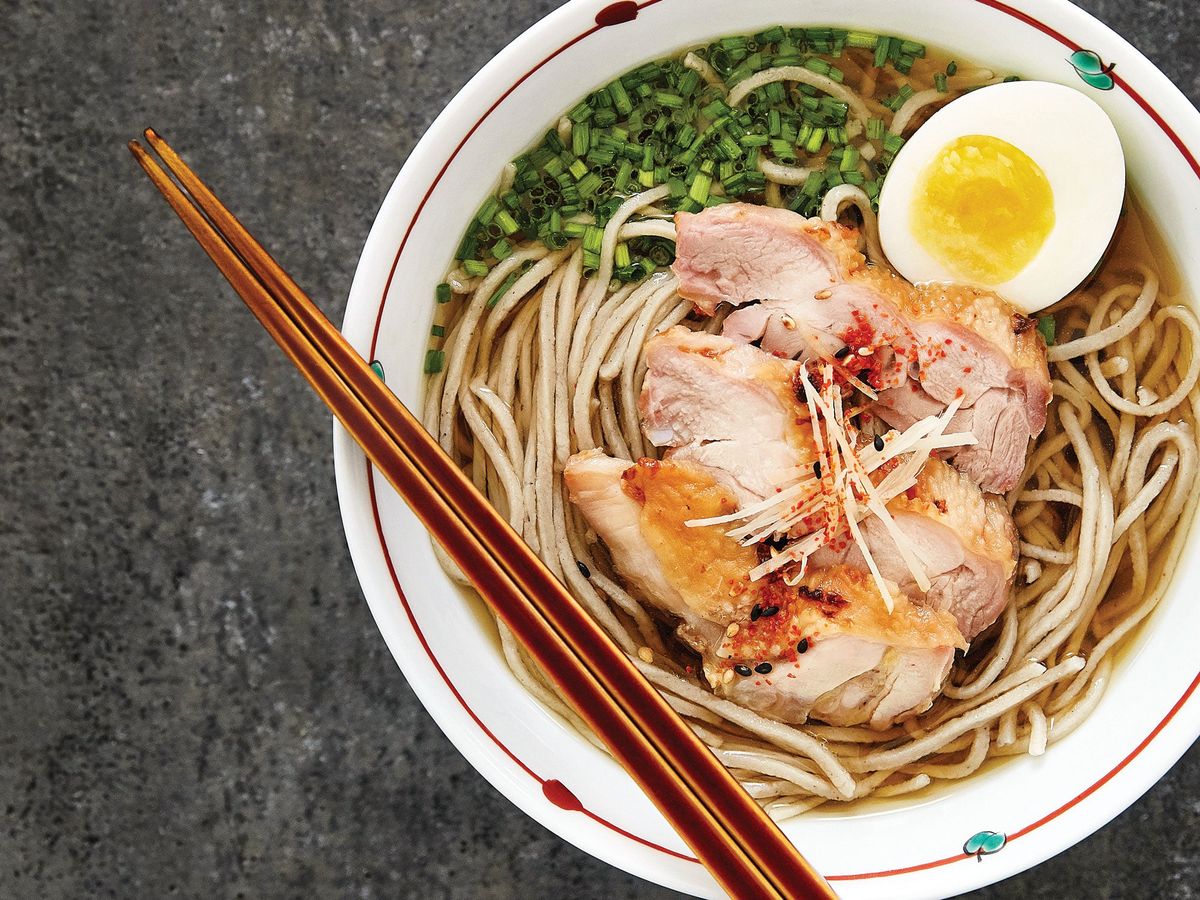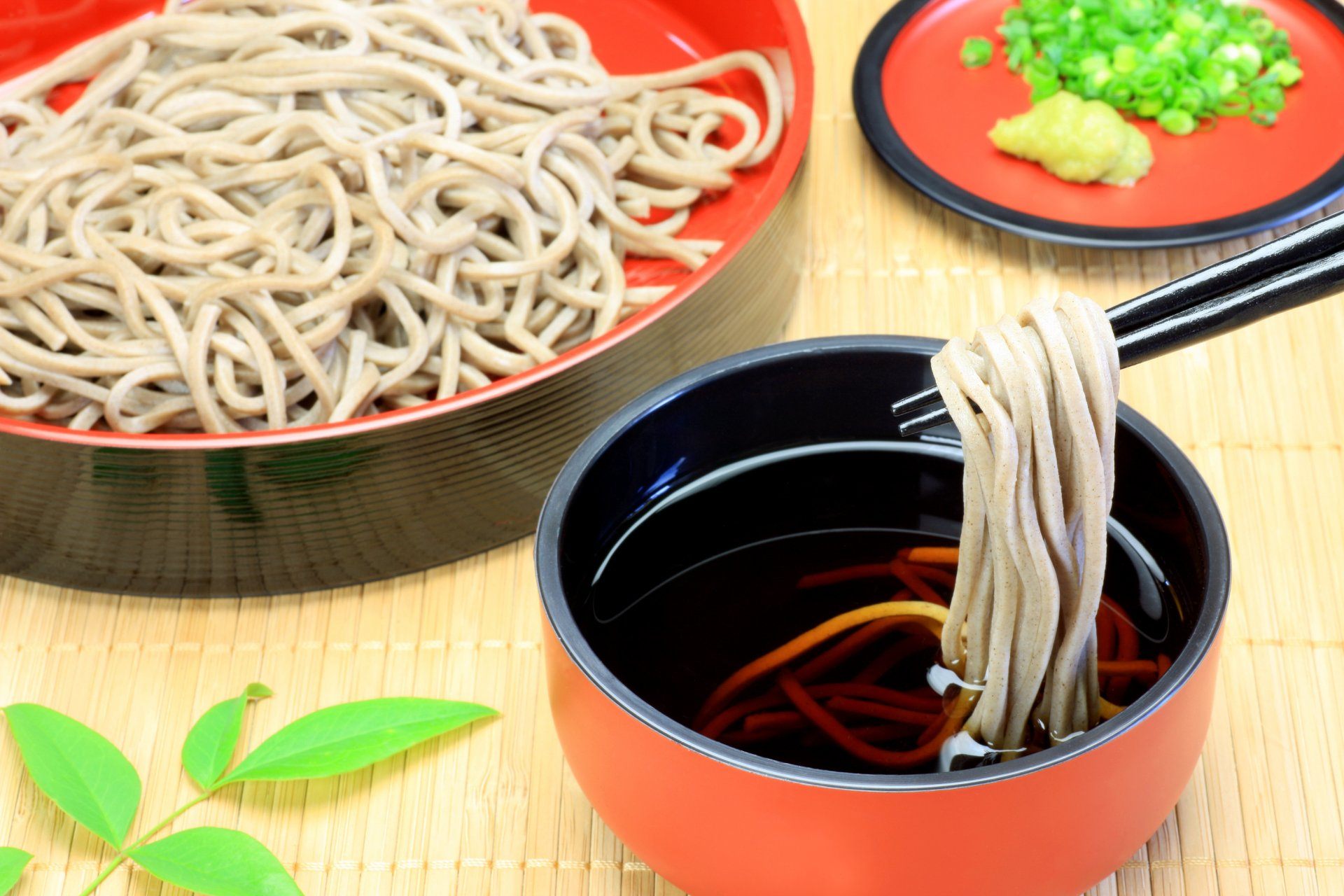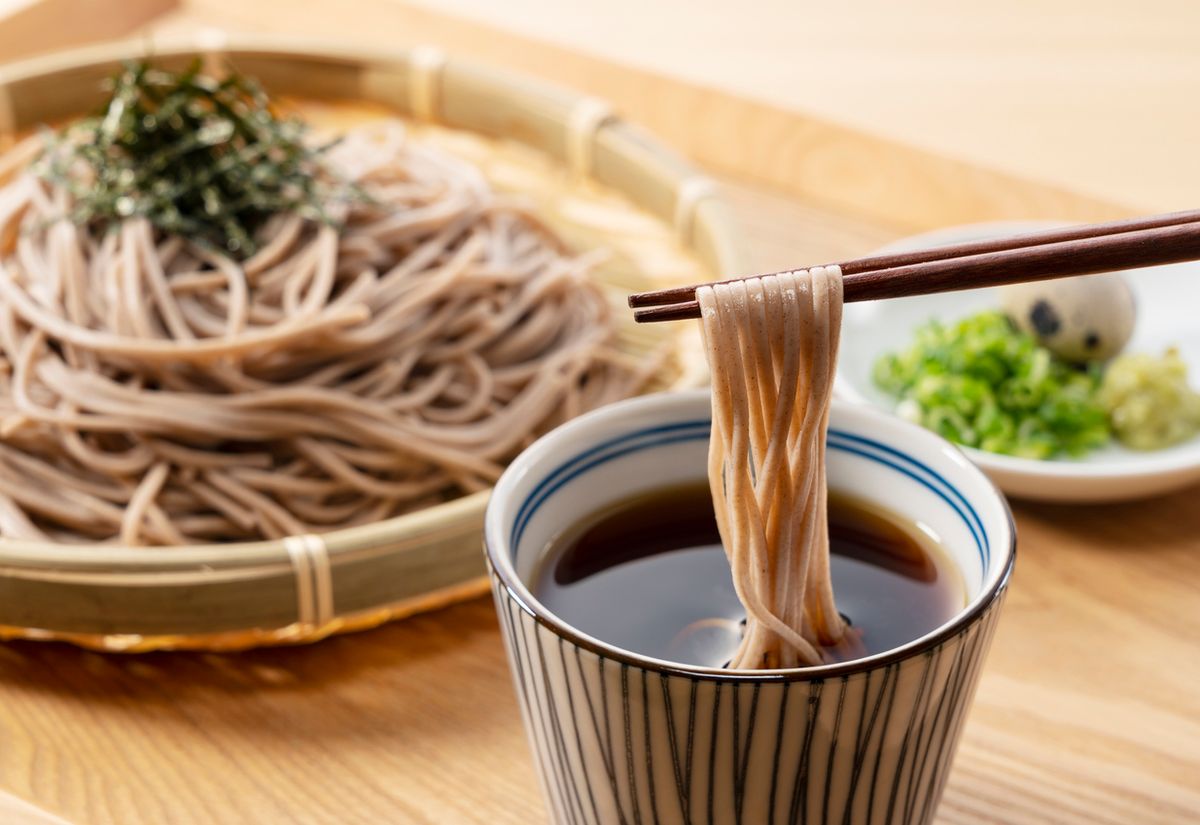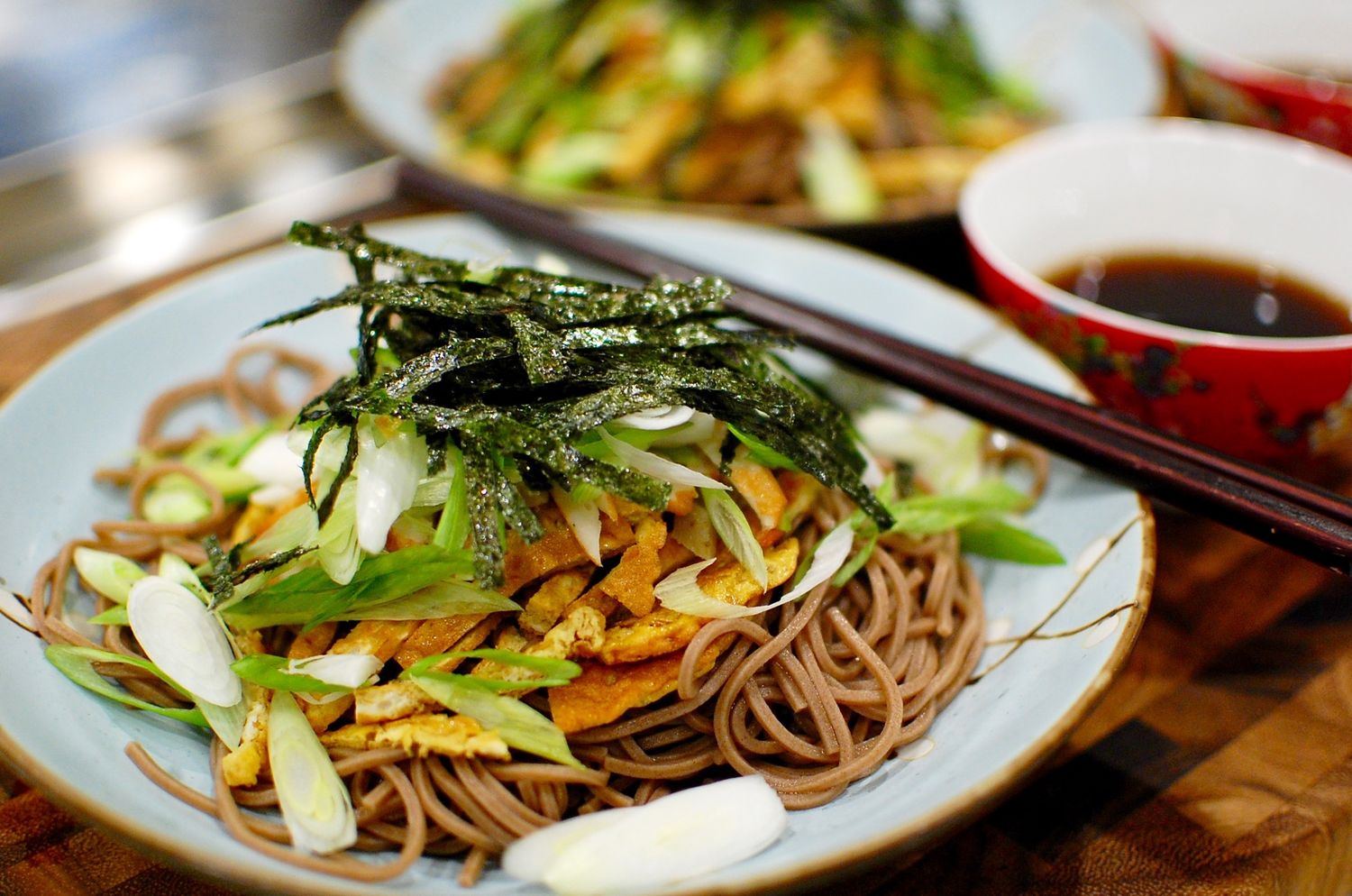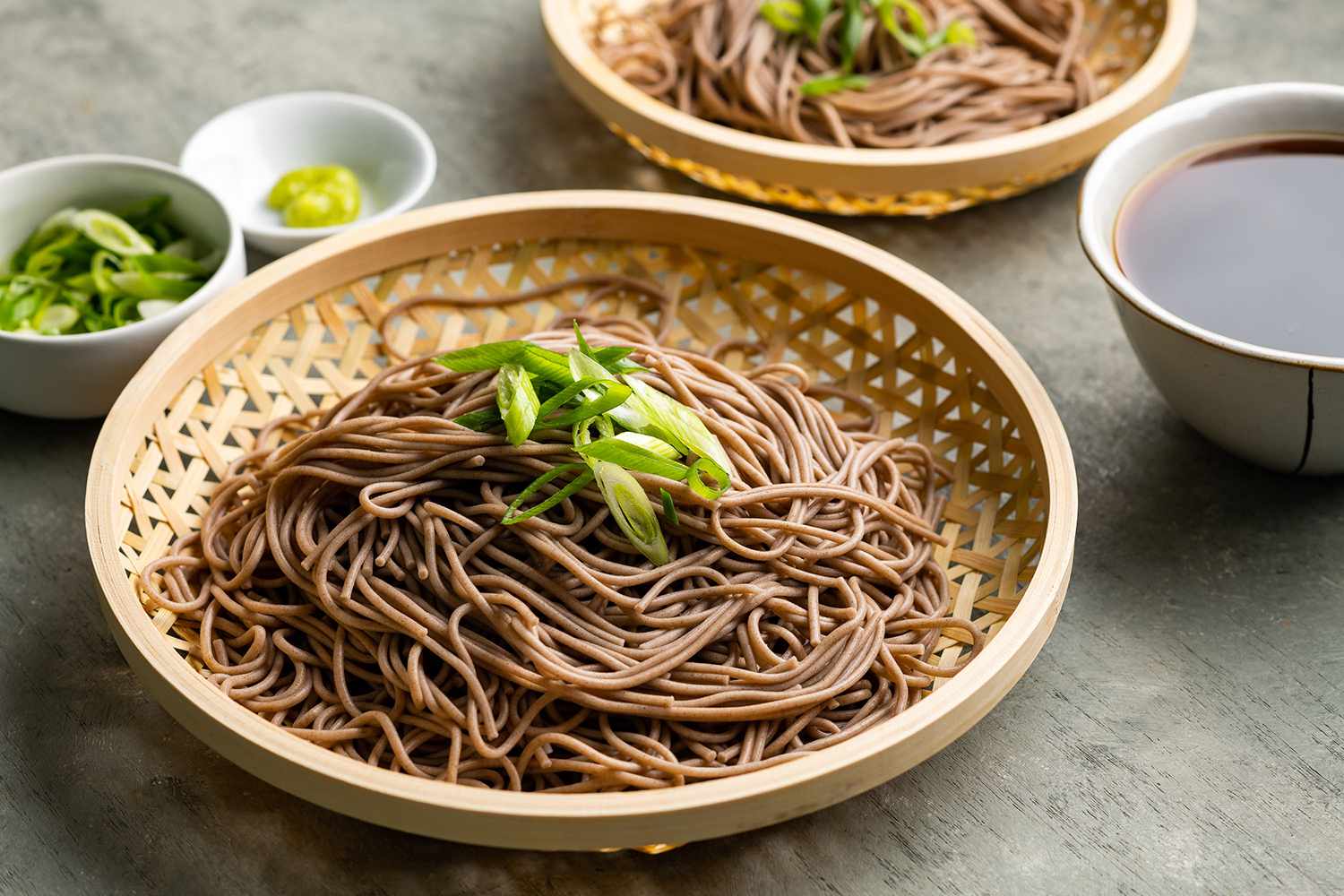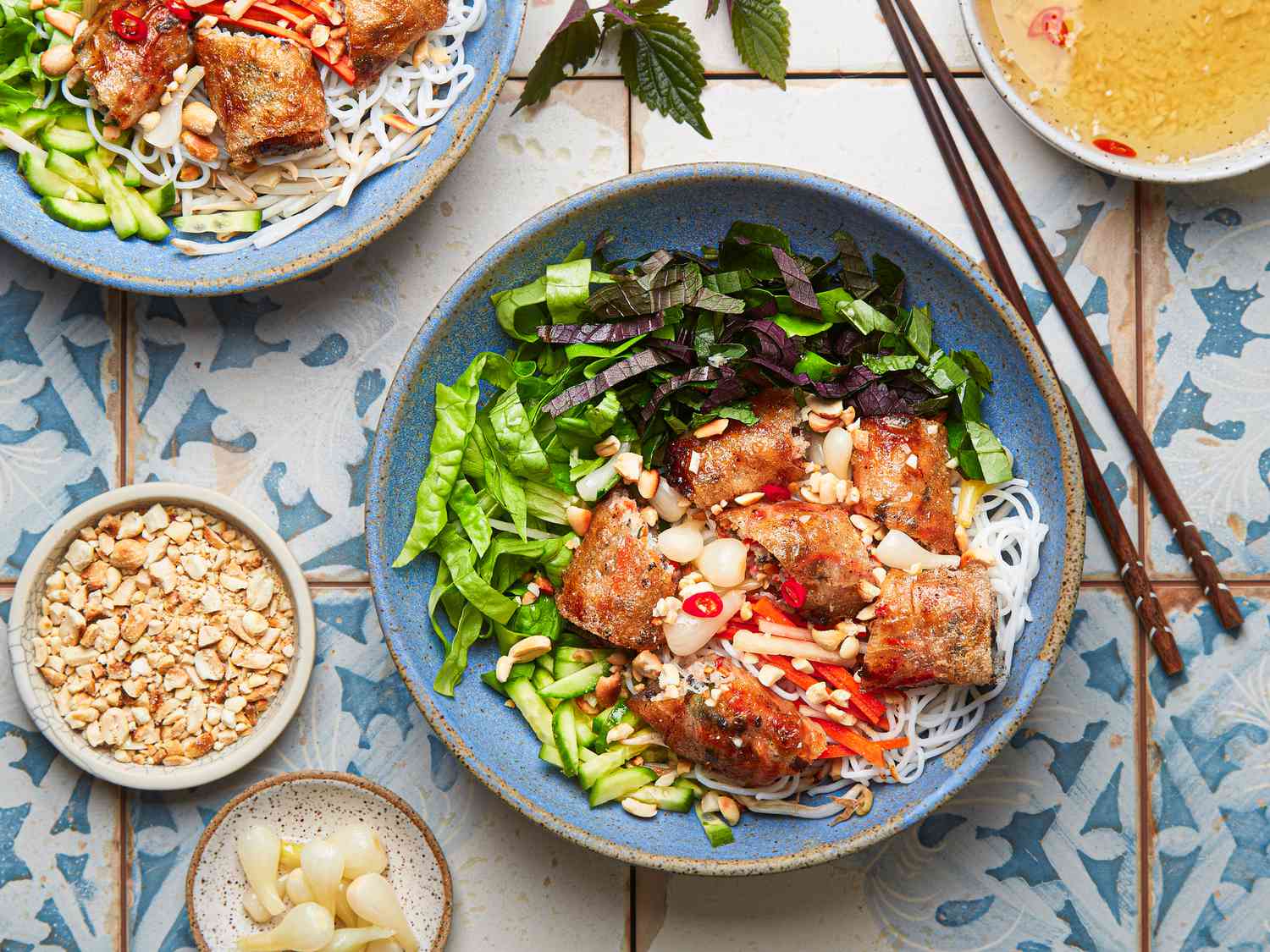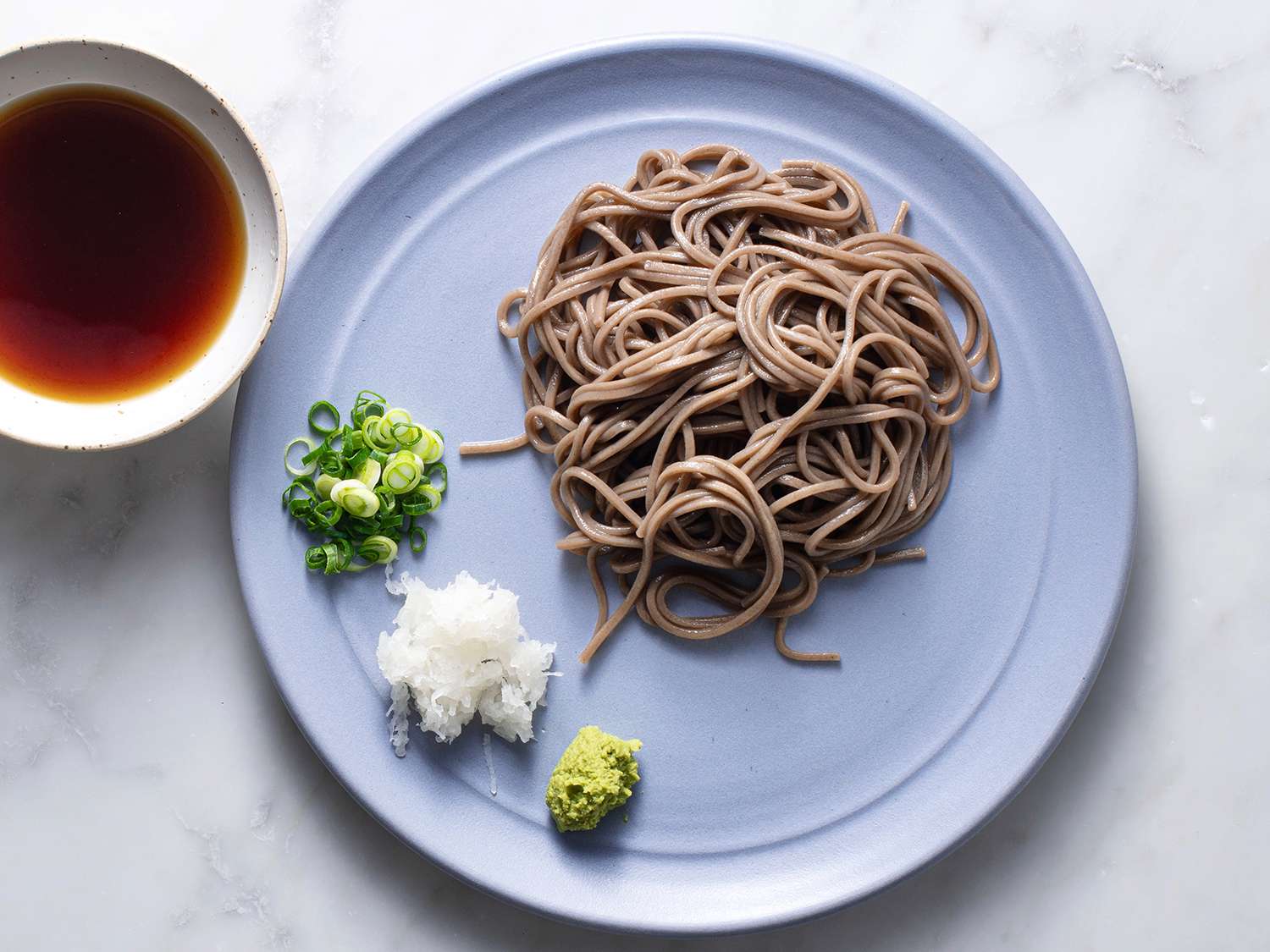How to Enjoy Cha Soba: A Guide to Savoring this Japanese Delicacy
Cha Soba, also known as green tea soba noodles, is a traditional Japanese dish that offers a unique and refreshing dining experience. Made from buckwheat flour and infused with green tea, these noodles are not only delicious but also packed with health benefits. If you’re new to Cha Soba or simply looking for new ways to enjoy it, here’s a guide to help you savor this delightful Japanese delicacy.
1. Choosing the Right Accompaniments
When it comes to enjoying Cha Soba, the right accompaniments can elevate the dining experience. Some popular choices include:
- Dipping Sauce: A classic dipping sauce for Cha Soba is tsuyu, a savory sauce made from dashi, soy sauce, and mirin. It adds depth of flavor to the noodles.
- Toppings: Consider adding toppings such as grated daikon radish, sliced green onions, or shredded nori seaweed to enhance the visual appeal and taste of the dish.
- Side Dishes: Complement your Cha Soba with side dishes like tempura, edamame, or pickled vegetables for a well-rounded meal.
2. Cooking and Serving
When preparing Cha Soba, it’s essential to follow the cooking instructions to ensure the perfect texture and flavor. Here are some tips for cooking and serving Cha Soba:
- Boiling: Cook the noodles in boiling water for the specified time, usually around 5-7 minutes, or until they are al dente.
- Rinsing: After cooking, rinse the noodles under cold water to remove excess starch and stop the cooking process. This helps maintain the desired texture.
- Presentation: Serve the Cha Soba on a bamboo or ceramic plate, accompanied by the dipping sauce and toppings for a visually appealing presentation.
3. Eating Etiquette
When it comes to enjoying Cha Soba, there are some traditional eating etiquettes to keep in mind:
- Slurping: In Japanese culture, it's acceptable and even encouraged to slurp the noodles, as it's believed to enhance the flavors and show appreciation for the meal.
- Dipping: Dip the noodles into the tsuyu sauce, ensuring that each bite is lightly coated for a balanced flavor with every mouthful.
- Enjoyment: Take your time to savor each bite, appreciating the delicate flavors of the Cha Soba and the accompanying condiments.
4. Pairing with Green Tea
For an authentic Japanese dining experience, consider pairing your Cha Soba with a soothing cup of green tea. The earthy notes of the green tea complement the nutty flavors of the noodles, creating a harmonious combination that’s both refreshing and satisfying.
5. Experimenting with Variations
While traditional Cha Soba is delightful on its own, don’t be afraid to experiment with variations to suit your preferences. You can try:
- Cold vs. Hot: Enjoy Cha Soba cold in the summer months for a refreshing meal, or serve it hot during the colder seasons for a comforting dining experience.
- Custom Toppings: Get creative with your toppings, such as adding sesame seeds, grated ginger, or a sprinkle of shichimi togarashi for an extra kick of flavor.
- Custom Dipping Sauces: Explore different dipping sauces, such as a citrus-infused ponzu sauce or a spicy chili oil-based dip, to add a unique twist to your Cha Soba.
By embracing these tips and techniques, you can fully appreciate the delightful flavors and cultural significance of Cha Soba. Whether you're enjoying it at a traditional Japanese restaurant or preparing it at home, savoring Cha Soba is a culinary experience that's not to be missed.
